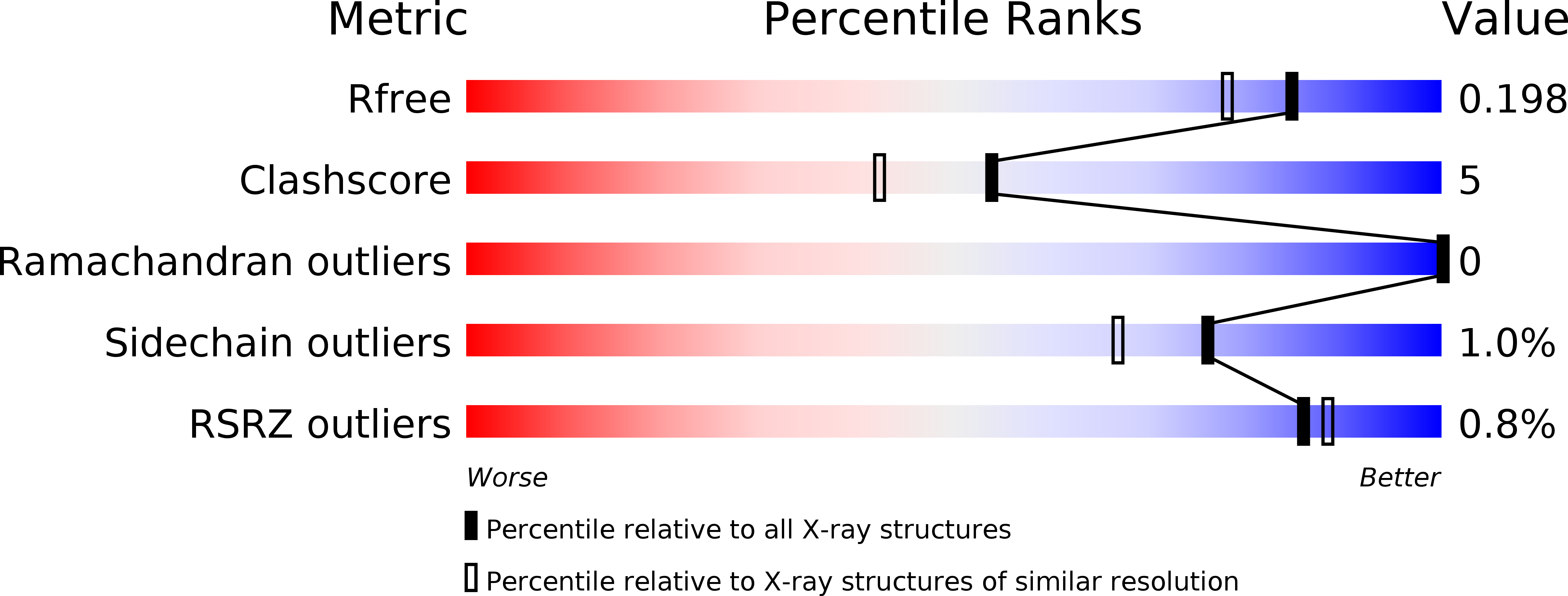
Deposition Date
2012-05-23
Release Date
2012-08-01
Last Version Date
2024-04-03
Entry Detail
PDB ID:
4FBS
Keywords:
Title:
Structure of monomeric NT from Euprosthenops australis Major Ampullate Spidroin 1 (MaSp1)
Biological Source:
Source Organism:
Euprosthenops australis (Taxon ID: 332052)
Host Organism:
Method Details:
Experimental Method:
Resolution:
1.70 Å
R-Value Free:
0.19
R-Value Work:
0.14
R-Value Observed:
0.14
Space Group:
P 1 21 1


